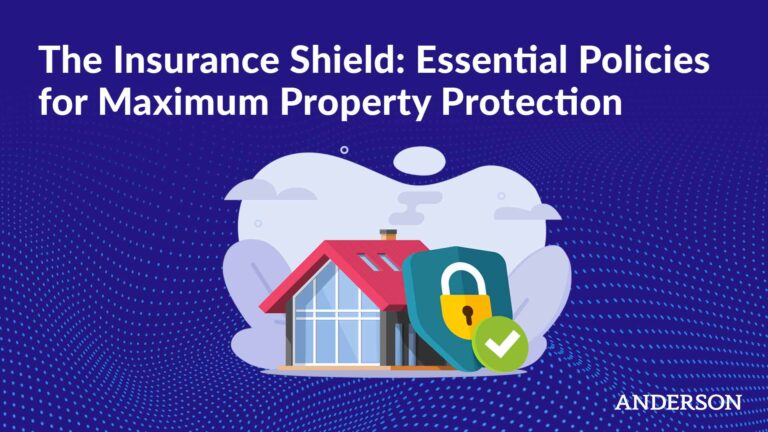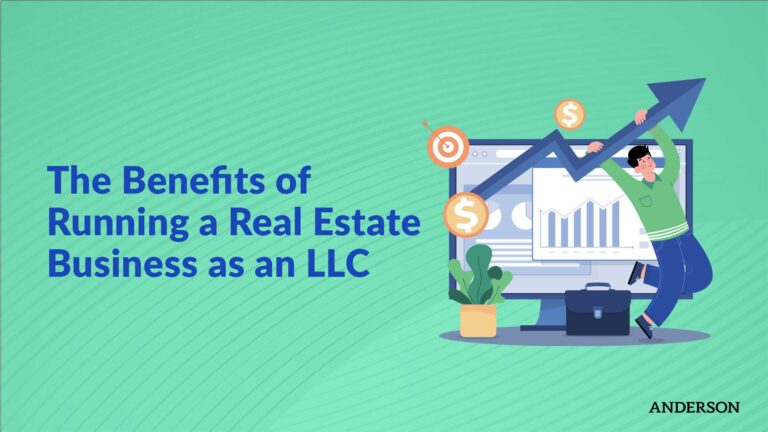Names are useful for describing people, places, and things—like a business enterprise—but for tax purposes, numbers are even better. And in some cases, required. That’s why you need to know how to get an EIN number.
The 4 Steps to Get an EIN
- Meet Eligibility Criteria
- Download Form SS-4
- Gather Necessary Information
- Submit Application to IRS
As you’re probably aware, every American citizen has a Social Security number (SSN). The SSN was created in 1936 for the purpose of tracking wages and earnings and to calculate the Social Security benefits people were eligible for in retirement. Whatever you may think of the idea, it’s here to stay: everyone gets a number at birth. This number is also often used by financial institutions, like banks, credit unions, and lenders, to identify an individual and run background checks. It’s used by government organizations to distinguish one individual from another to provide appropriate services and/or collect requisite taxes.
The same is true for businesses, but businesses don’t have a Social Security number. They have an EIN, which is a slightly different concept. This number helps the government distinguish one business from another, especially because with 50 states, it’s possible for a business of the same name to exist in two places.
The EIN is a unique identifier for taxpaying purposes, and much like the SSN, financial institutions will use this number to open checking accounts, issue credit, and facilitate business transactions.
But what is an EIN? And how do you go about getting one?
What is an EIN?
EIN stands for Employer Identification Number. In addition to providing a unique indicator for each and every business enterprise, the EIN also separates the business from its owner, who will use their personal SSN on their own personal income tax returns while using the EIN for business income tax returns.
An EIN is required of businesses that are structured as corporations, such as an S-corp or C-corp. If your business is a sole proprietorship or a single-member LLC, you don’t technically need an EIN. That means, for instance, if you are a freelancer, drive an Uber, or provide consulting services, you don’t need an EIN (but whether you should get one is a different question). And certainly, if you are an employee, you don’t need one either. But once you bring someone else into your business, whether as a partner, limited partner, or employee, you will need to obtain an EIN for tax purposes.
Like the Social Security number, an EIN is nine digits long. Most of the time you will never interact with the EIN of a business or have any idea what it is. However, you may notice that if you ever make a charitable donation, the nonprofit organization will issue you a receipt with their EIN on it so you can use it to log donations when it comes time to file your state and federal tax return. The EIN indicates that you are contributing to a registered charity for tax purposes.
Free Strategy Session with an Anderson Advisor
Receive a detailed risk assessment to assist in lowering problem areas that could wipe out all of your assets with one wrong move. Speak with an Anderson Professional Advisor to get your FREE Strategy Session. Limited-Time offer: FREE (a $750 value.)
How Long Does It Take to Get an EIN?
That depends on how you apply for an EIN. If you fill out the EIN application online, it only takes a few minutes. You can also apply for one over the phone if you are outside the United States, but this option is not available for business owners inside the country. If you apply by mail or fax, it can take four to five weeks.
How to Get an EIN
Now that we’ve explained what an EIN is and the reasons you may need one, let’s talk about the process for registering for one:
1. Meet Eligibility Criteria
If you are running a business that is structured as a corporation (S-corp or C-corp) then you need an EIN. If you run a business as a sole proprietorship or an LLC but you have hired help or have a business partner (expanding into a multi member LLC), then you will need an EIN as well.
If you are not a U.S. citizen but live in America and own a business, you can get an EIN. If you live abroad or are not a U.S. citizen but run a business in the United States, you can also get an EIN—and in certain circumstances you will need to.
For instance, foreign companies are required to report their income, even if operating at a net loss. Any company paying wages will need to pay employment taxes going toward a government agency that facilitates concerns like Social Security for retirement, Medicare, and other welfare programs. The EIN facilitates this process as a unique indicator for the S corporation, C corporation or limited liability company paying these wages.

2. Download Form SS-4
Remember that applying by mail can take four to five weeks. That said, you should apply online through the IRS website. If you do not want to apply online, you can download a PDF of IRS Form SS-4 and complete it from home or your business location, then mail or fax it into the location or number specified on the form.
Form SS-4 (Application for Employer Identification Number) will request information such as the legal name of the business or the individual (if you are operating as a sole proprietorship, for instance) requesting an EIN, the trade name you use, and personal information, such as address and Social Security number. Though it may seem strange, you can also put down another EIN. This would occur in the case of a business operating a second or third business, which is actually quite common.
In most cases, you are not going to need additional forms, but you should speak to your tax advisor to make sure.
3. Gather Necessary Information
The form will ask you to explain (by checking a box) why you are requesting an EIN. Presumably, if you are the one requesting it, you’ll know this reason—whether it’s because you are hiring an employee, have started a new business, need to open a separate business checking account, created a trust, want to establish a pension plan, or some other compliance or regulatory reason.
You will need to have some additional information on hand, such as the highest number of employees you expect in the next 12 months, the date on which you will first pay wages, the nature of your business, and whether or not you’ve ever applied for an EIN in the past.
4. Submit Application to IRS
Once this form is filled out, you are ready to send it to the IRS. If you live in any of the 50 states or Washington, D.C. you can send your form to:
Internal Revenue Service
Attn: EIN Operation
Cincinnati, OH 45999
You can also fax it to (855) 641-6935.
If you reside outside the United States and have no principal place of business in the country, you can mail it to the same location, but the fax number is different: (855) 215-1627 within the U.S. and (304) 707-9471 outside of it.
If you are applying from outside the United States, you can apply via phone by calling 267-941-1099 anytime between 6:00 a.m. and 11:00 p.m. Monday through Thursday.
Remember that for most business owners, the easiest way to apply is going to be online.
Do I Need An EIN?
You might be wondering if you even need an EIN if you are a single member LLC or one of the many sole proprietors operating without a formal business structure. But this could be a big mistake.
Not having an EIN prevents you from opening a separate checking account for business activity, obtaining a business credit card, applying for business loans, and a number of other financial products and services that could benefit your business. Without an EIN, you will need to leverage your personal credit to conduct these activities, which doesn’t allow you to take advantage of the many financial benefits only offered to small business owners.
And while having an EIN for your business may necessitate paying estimated quarterly taxes and dealing with light compliance and regulatory issues, that’s nothing that a registered agent (like those at Anderson Advisor’s) couldn’t easily take off your plate. Additionally, utilizing entity formation services can help you leverage additional business tax filing benefits, like writing off certain business expenses.
If you are a business owner with employees, there are probably legal and compliance issues you need to address, like a business license, so obtaining a taxpayer identification number for your business entirety is just another step towards formalizing your business on paper.
Additionally, getting this type of tax ID is now a requirement, so obtaining a separate tax ID number that distinguishes your business (and its operations) from you and your personal tax number is something you will need to do—not only to open a business bank account but also to do your tax return.
What Protections Does an EIN Offer?
The additional benefit to getting a federal tax ID separate from your own personal Social Security number is that you can separate your business entity from your personal identity for security purposes. For example, you will be able to use your business contact information instead of providing your personal information on legal and compliance paperwork, which not only saves you a lot of annoying marketing solicitations but can also avoid identity theft concerns as well.
Do you have any clients or vendors that require a federal tax identification number you’d rather not hand out? With a federal employer identification number, you don’t have to give them your personal SSN anymore—which runs the risk of leaving you vulnerable to identity theft and financial crime if a third party ever hacked into that vendor’s records or business website.
An EIN Makes Your Business Legitimate
An EIN is a nine-digit number that allows the IRS to distinguish your business from others for tax purposes. You will also need it for many financial services, such as obtaining a business loan or a business checking account.
While filling out Form SS-4 is not as daunting as most IRS forms, there are still many other components to consider when it comes to obtaining an EIN. Because this labels your business pursuits as a formally structured business, you’ll need to pay attention to certain legal requirements—like estimated taxes, for instance.
It can help to work with an accountant or tax advisor who is familiar with all the compliance details and best business practices. If you don’t structure your business the right way from the get-go, it can create complications later on. You can learn more about the ins and outs of structuring your business in our Structure Implementation Series or by scheduling a free strategy session with one of our tax and entity formation experts.
Bonus Video
3 Steps to Create an Invisible Investor Strategy
Learn the greatest mistake that people make when it comes to asset protection for real estate. This eBook reveals the structure you should follow to ensure your hard earned money is protected from frivolous lawsuits and costly tax mistakes.











